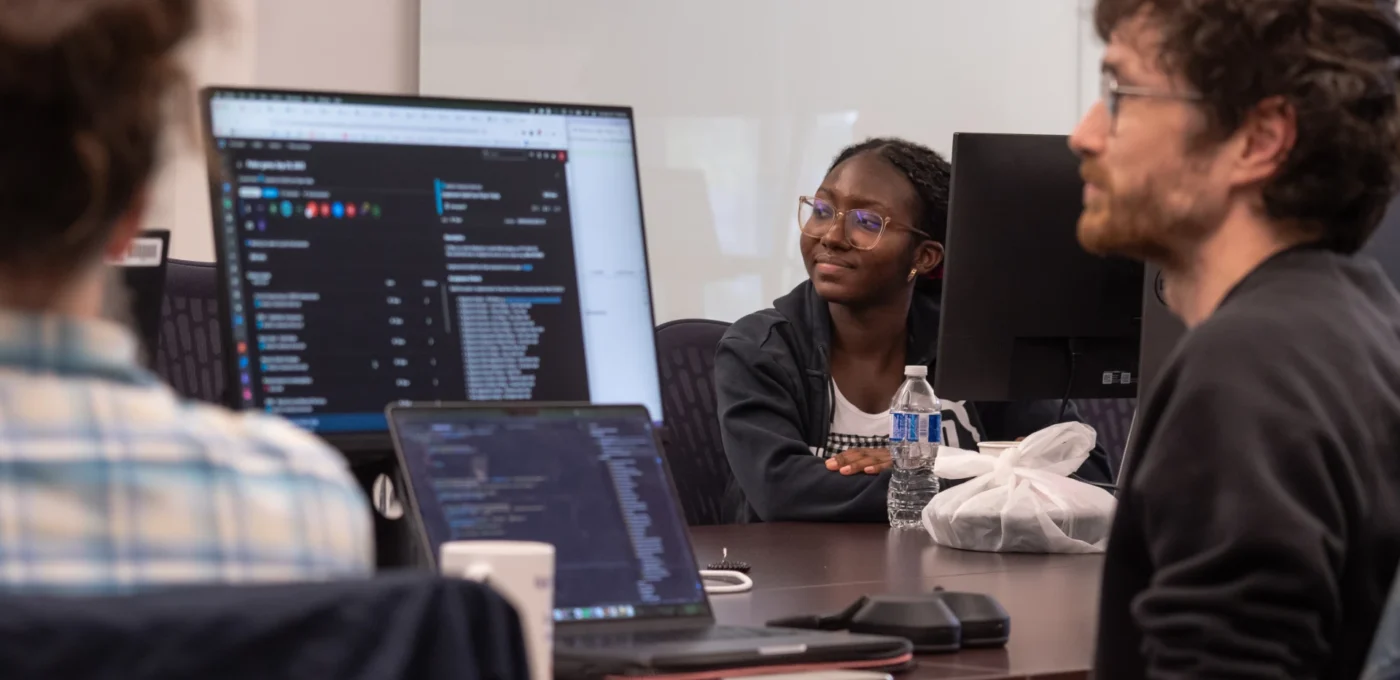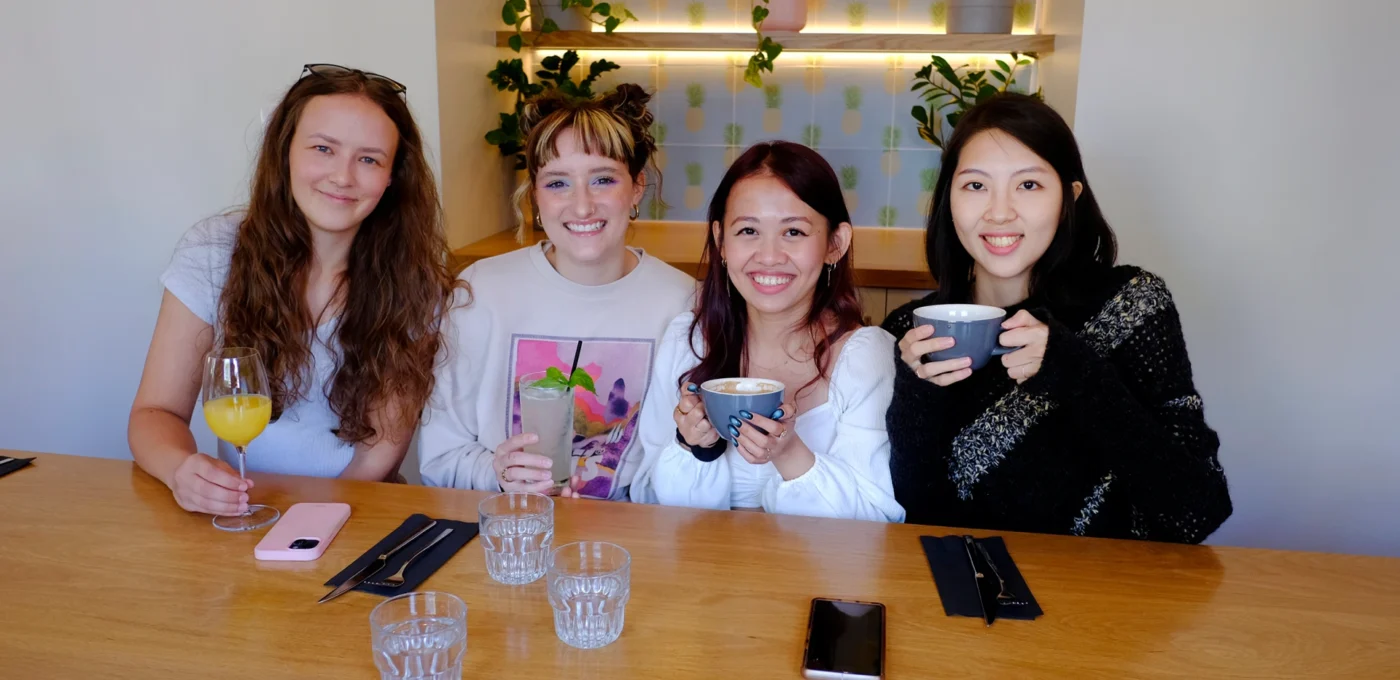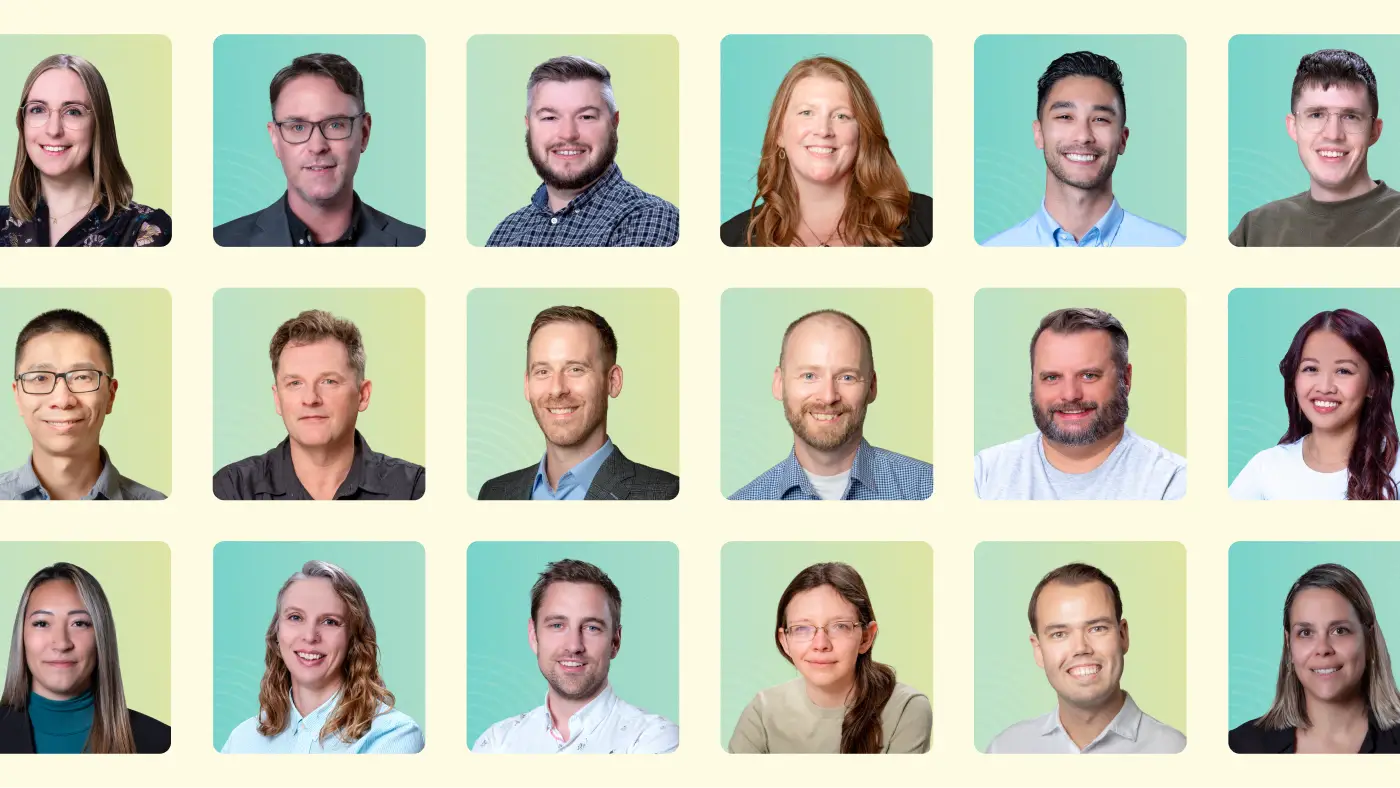3 Key Takeaways from UX Camp 2025
WRITTEN BY

Darcy Chan
Team Lead, Design & UX
QUICK SUMMARY
Darcy Chan, Team Lead, Design & UX, shares his key takeaways and learnings from UX Camp, the largest user experience conference in Western Canada for UX professionals, designers, and innovators.


A few weeks ago, myself and fellow UX/UI Designers Kat Milanowski and Maria Hernandez had the opportunity to attend UX Camp 2025—the largest user experience conference in Western Canada.
UX Camp is an immersive experience designed to bring Alberta’s UX community together including user experience professionals, designers, developers, and innovators for a weekend of learning, inspiration, and connection.
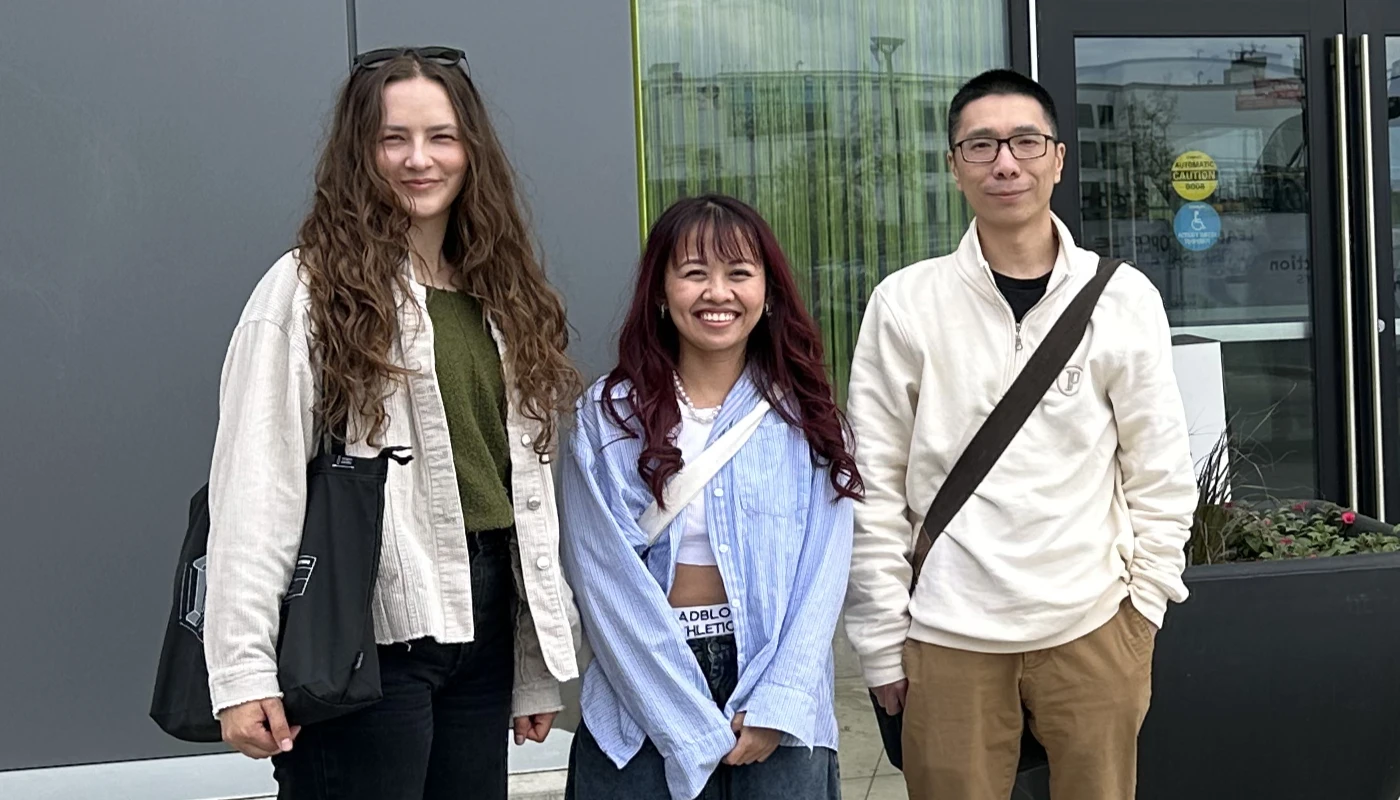
From inspiring keynotes from industry leaders on emerging trends to interactive panels from thought leaders on UX innovation to groundbreaking product showcases, UX Camp reinvigorated our design team with fresh perspectives and a fundamental shift in how we think about user experience in the age of artificial intelligence.
From purposeful storytelling to impact on business strategy, here are my top takeaways and learnings on user experience from this year’s UX Camp:
Storytelling Creates Shared Purpose
The opening panel at this year’s UX Camp, featuring Lisa Hagen, Fractional Product Leader at Ready Steady; Kim Brockhoff, Director of Customer Analytics and Digital Transformation at the City of Edmonton; as well as our very own Managing Partner Sam Jenkins; helped set the tone for the weekend with one singular and powerful message: successfully navigating complexity comes when you create a shared purpose and common vision. If you bring a beginner’s mindset to every challenge, you will never stop learning. But the moment you think you have all the answers is ultimately when you stop seeing new possibilities.
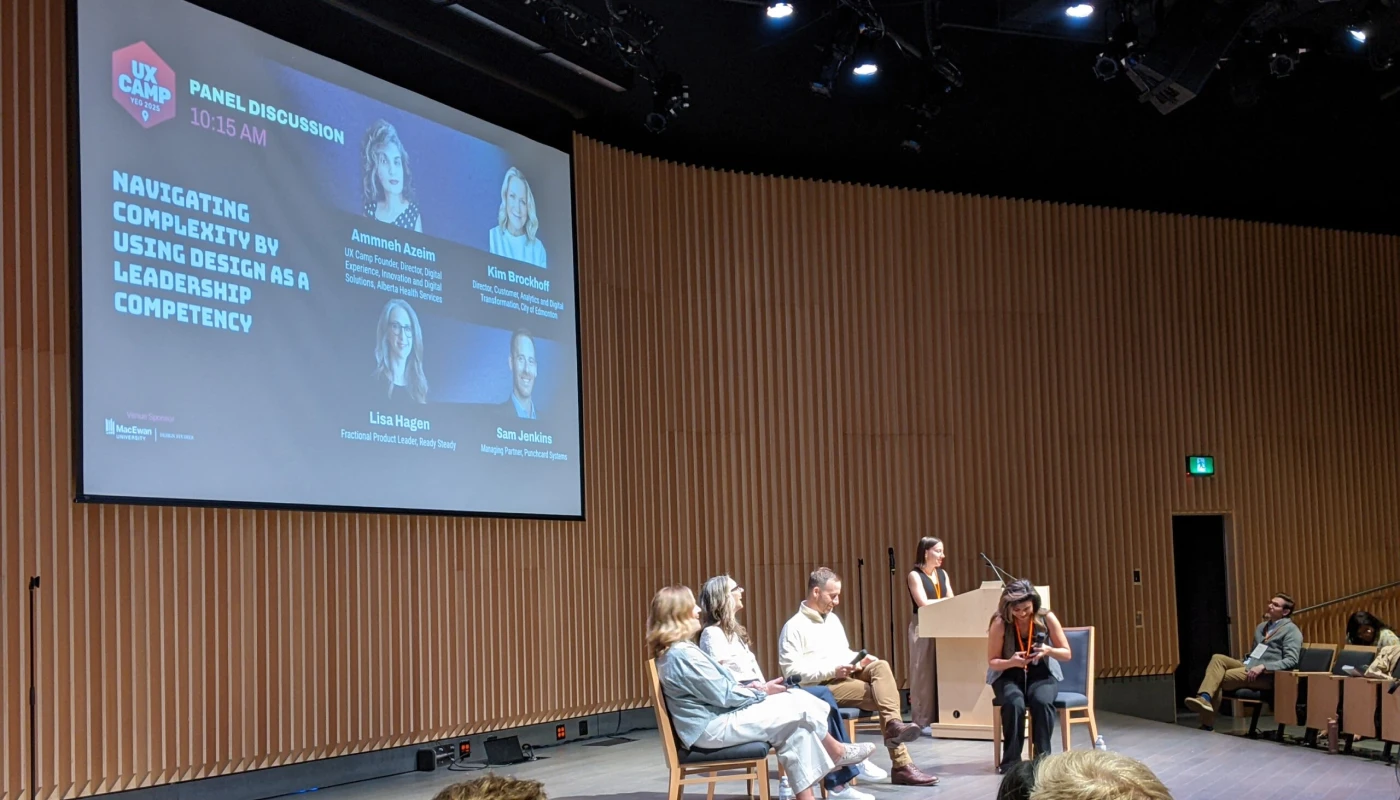
What struck our team most was the emphasis on utilizing storytelling as a bridge between vision and reality. It’s no longer enough to envision what needs to be done; we have to help others see it too. This means understanding our audience’s motivations deeply and crafting narratives that connect human potential with business objectives.
One constant is change. But it doesn’t happen from the sidelines—it requires active participation and the courage to occupy space where decisions are being made from all facets of the business. This panel had me asking the question: “How might we at Punchcard Systems help create environments that actually encourage our team members to bring their chair to the table?”
Maturing User Experience is a Business Objective
In her session on advancing UX maturity, Jessica Snow, Manger of Digital Content at the University of Calgary, provided a roadmap for organizations who are ready to move beyond just viewing user experience as a nice-to-have.
Using Nielsen Norman Group’s 6 Levels of UX Maturity model, she outlined the four critical factors every business needs to consider: strategy, culture, process, and outcomes. And for any organization looking to actually improve their user experience maturity, she recommends that UX teams:
- Understand their executive audience to effectively articulate a clear return-on-investment (ROI) for business stakeholders;
- Create inclusive communities where learning and sharing happen naturally across all disciplines;
- Break down silos and build trust by providing alignment between UX and business strategy.
When everyone in an organization understands the impact of user-centered design, adoption becomes organic rather than forced.
Transforming UX from Craft to Strategic Impact
Jose Coronado, Senior Director of Strategic Planning and Operations at Digital Impulsum, delivered the conference closing keynote with a provocative message: UX professionals need to become business leaders, not just advocates of design.
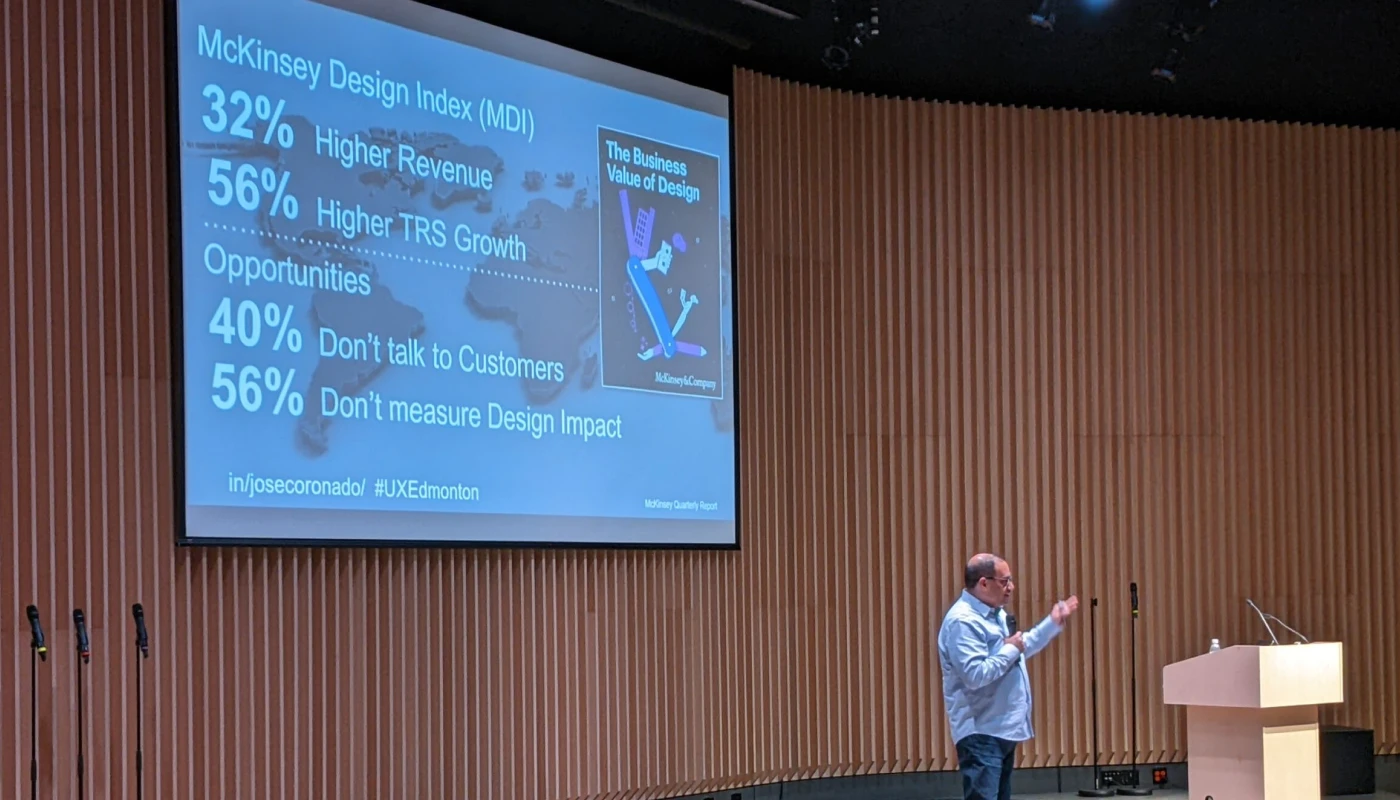
The shift he described resonated deeply with our team’s own growth journey. Early in design careers, we focus on craftsmanship—perfecting our design application skills. But as we advance, the focus must shift toward culture, moving from team-level impact to organizational transformation—from design-first thinking to business-forward strategy.
Coronado’s insight that “without adoption, value is zero” really hit home for me. Beautiful, user-centered designs that gather dust in stakeholder presentations create no value for users or businesses. The path forward requires UX professionals to develop their business and technical IQ alongside their design skill to help create partnership.
What’s Next for UX?
These insights from UX Camp aren’t just professional development takeaways—they’re a roadmap for the next evolution of user experience. At Punchcard Systems, we’re already discussing how we can effectively implement these learnings into our own UX practice and on client projects.
The common thread across all these sessions was abundantly clear: the future of UX lies not in perfecting our craft in isolation, but in building bridges—between disciplines, teams, internal stakeholders, clients, and users.
The question isn’t whether UX will continue to evolve but whether or not we’ll all have the courage to bring our chairs to the table and help shape the next phase of UX.
